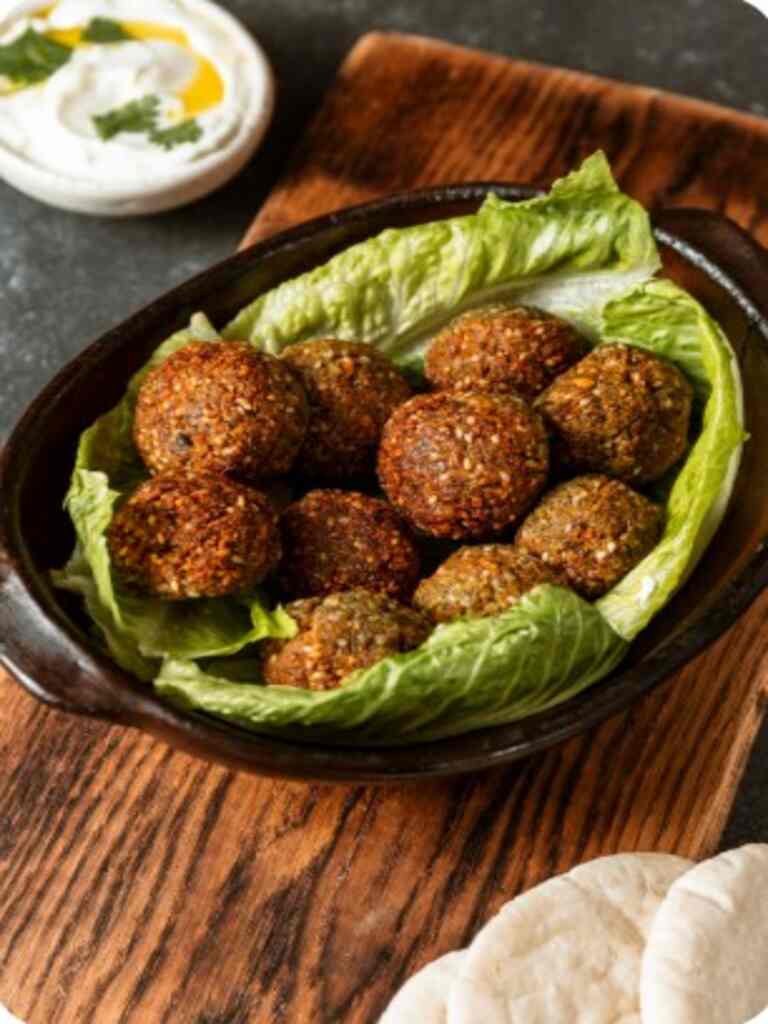
Falafel is one of the most beloved street foods in Israel and the broader Middle East. It consists of deep-fried balls or patties made primarily from ground chickpeas or fava beans in some traditions, mixed with herbs, onions, garlic, and spices such as cumin and cilantro. The result is a crispy exterior with a soft, flavorful, herb-packed center.
Falafel is typically served in a warm pita or laffa or flatbread, stuffed with fresh salads, pickles, tahini sauce, and sometimes hummus. In Israel, falafel stands are ubiquitous, from bustling city streets to small towns, making it both a national favorite and a daily comfort food.
Must Read: Controversy vs. Culture: The Debate Over Turtle Meat in the Cayman Islands
Falafel is one of the most beloved street foods in Israel and the broader Middle East. It consists of deep-fried balls or patties made primarily from ground chickpeas or fava beans in some traditions, mixed with herbs, onions, garlic, and spices such as cumin and cilantro.
The origins of falafel are debated, with Egypt often credited as its birthplace, where it was originally made with fava beans. From there, the dish spread across the Middle East and Mediterranean regions, with each culture adapting it.
In Israel, falafel gained popularity in the mid-20th century, particularly after the establishment of the state in 1948. Jewish immigrants from various parts of the Middle East brought their culinary traditions, and falafel quickly became a unifying dish.
These crispy fries were inexpensive and vegetarian, making them ideal for kosher diets. The recipe is easy to follow—perfect for a growing, diverse nation.
Over time, falafel grew beyond being just food—it became a culinary symbol of Israeli identity and street culture. While its roots are pan-Middle Eastern, in Israel, it was embraced as the national dish, representing both adaptation and cultural blending.

Read Also: Kanda: The Delicious Peanut-Sauce Meatballs of Central Africa
Falafel is a crispy, flavorful emblem of community, culture, and tradition. Whether you’re enjoying it from a bustling Tel Aviv street stand or homemade with care, falafel tells the story of history, migration, and the shared joy of simple, delicious food.
Happy cooking!